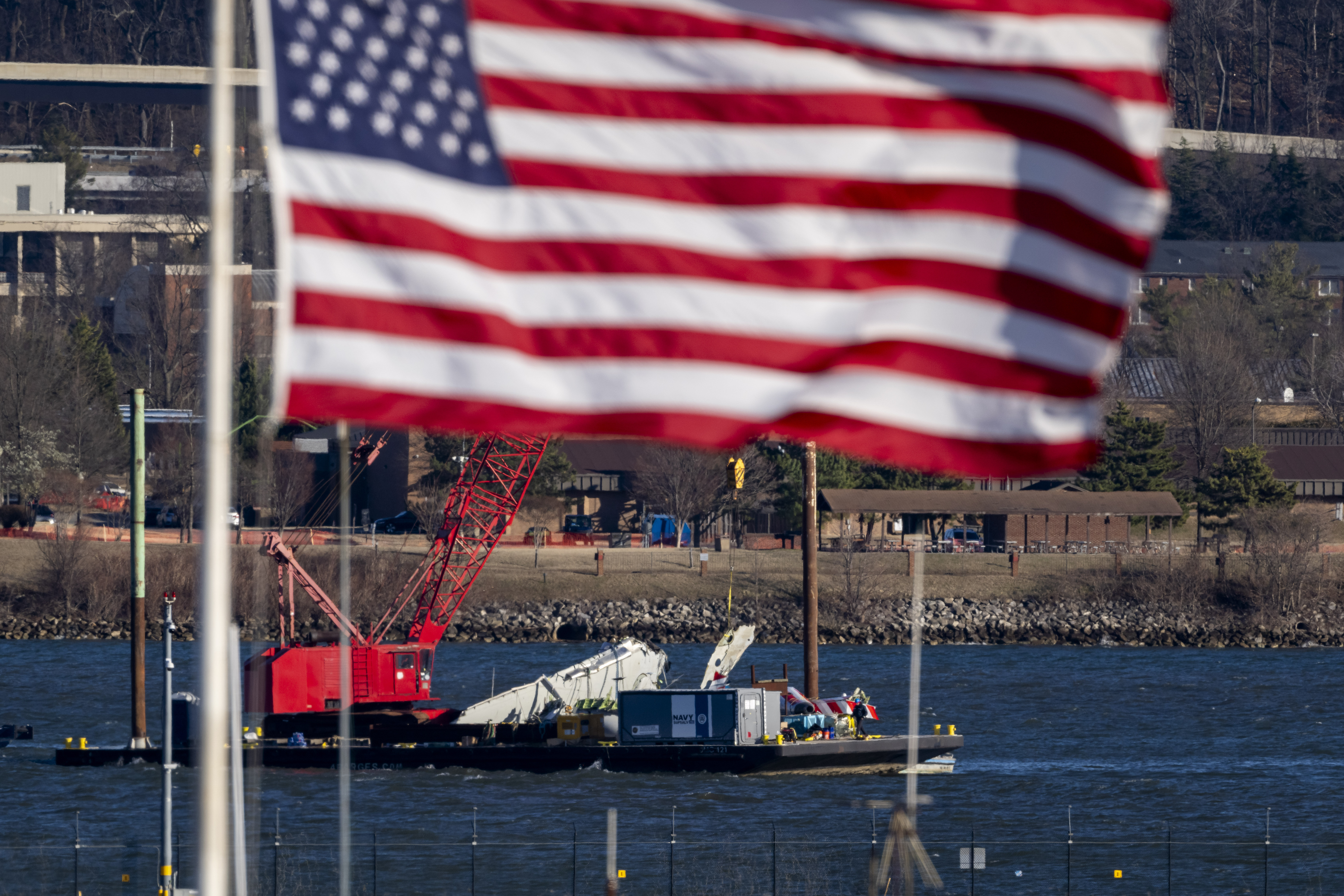TANGIER ISLAND, Va. (WAVY) — A way of life on the Chesapeake Bay is going under. A square-mile patch of land 14 miles from the Eastern Shore is fighting to keep its way of life above water, which is closing in from all sides. Many call Tangier Island, a small fishing village of 470 residents, one of the first casualties of climate change.
“What makes Tangier Tangier is the people,” says longtime resident Denny Crockett.
Captain John Smith first set foot on this tiny island in 1608. Its early settlers came from Cornwall, England. Their unique accent is still prevalent, preserved for generations. Their Elizabethan English carries a unique drawl, and requires some auricular discipline to understand this quaint accent of this seafaring people.

A late afternoon walk along Main Ridge Road reveals tiny frame homes on quaint squares framed by a mix of cyclone and picket fences. The streets are narrow, and even soft voices carry through the crisp wintertime air. Boys chase a football in front of small gift shop dodging golf carts before they line up for the next play. Townspeople swap pleasantries at the neighborhood grocery story. Watermen, finished with the day’s oyster run, walk home after a day fighting the icy winds of the Chesapeake Bay.
“They are the last fishing community on an island in the Virginia portion of the Chesapeake Bay; all the others are already gone,” says David Schulte, and oceanographer with the U.S. Army Corps of Engineers. “They contribute more to the Blue Crab fishery than any other town in Chesapeake Bay.”
But the islanders are fighting a war with nature for its very survival. Schulte co-authored a recent report which says Tangier Island has lost close to 70 percent of its land since 1850. The report blames a combination of wave erosion, relative sea level rise, and subsidence.
Mayor James “Ooker” Eskridge is on the front lines trying to buy more time for his community.
“When it gets to your doorstep, you pay more attention to it.”
Eskridge takes us for a tour on his small boat, and we soon come to the northern part of the island. The Uppards was a thriving neighborhood less than a century ago. A walk along the jagged shore reveals archaeological nuggets left from a war with the encroaching Chesapeake Bay. We come across a tombstone laying face up a few yards from the water. Eskridge bends over the white weathered stone, and reads the engraving, “Margaret A. Pruitt, died December 2nd, 1901. The grave site is actually in the water. When you get a storm, the bones will actually wash up on the shoreline.”

We continue our walk among scattered clay bricks mixed with seashells in shades white to dark gray.
“That’s all that’s left from the homes that used to be up here,” says Eskridge.
We continue our walk, and one of mayor’s white rubber boots hits upon a tiny glass bottle. Eskridge plucks it from the sand.
“Think it says Baltimore on it– McCormick and Company.” Eskridge continues as he looks at the deserted landscape bordered by a dirty sky trimmed in winter brush, “You can picture it. The kids up here playing. Especially in the summertime and the crabbing and fishing up here, and it’s all gone.”
The Army Corps of Engineers predicts the remaining Tangier Island has about 50 years before it suffers a similar fate, unless the state and federal government takes action. At one time, the western side of the Island was losing about 25 feet a year before the Corps of Engineers constructed a seawall which has stopped the erosion. Schulte says a $2 million jetty is in the works to mitigate erosion at the island’s navigation channel. But the Corps of Engineers is also recommending a series of dunes and additional seawalls at a cost of $30 million.
“Every year we wait we lose more acres of wetlands out there. We’re losing more acres of land. Everything’s getting a little bit lower,” says Schulte. Mayor Eskridge says he often feels Tangier Island is often neglected by the government.
“We feel forgotten, and it’s frustrating because the government has the money to protect us. We don’t want to leave. This is our way of life. This is what we’ve been doing for a couple hundred years. You can’t find it anywhere else. We don’t want to lose it.”


